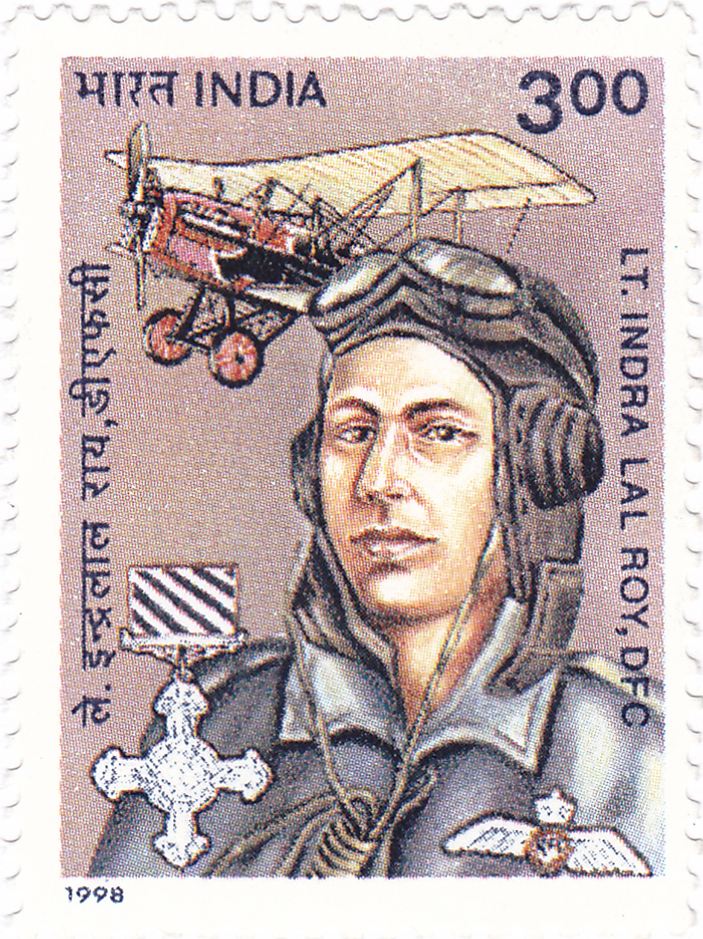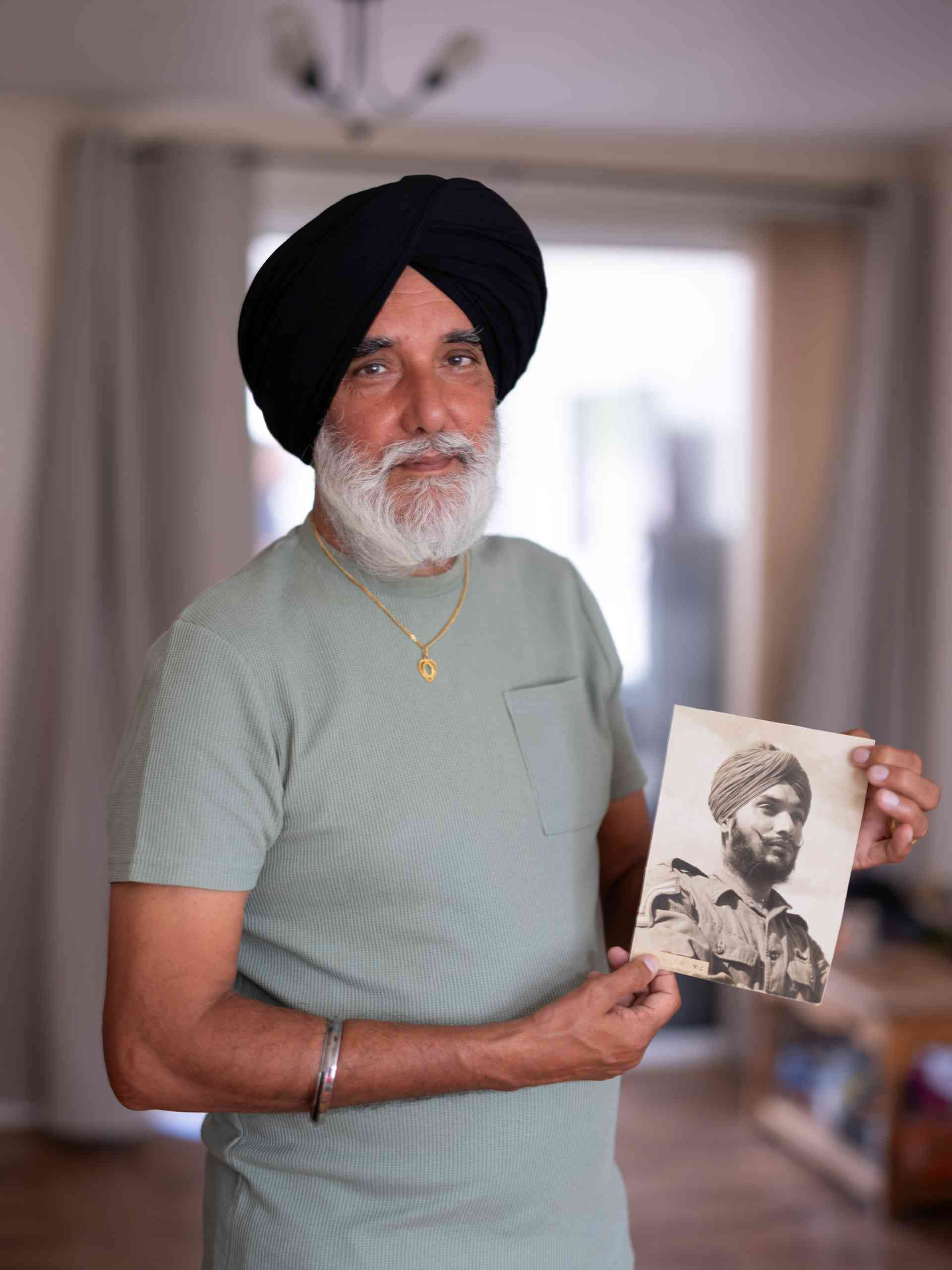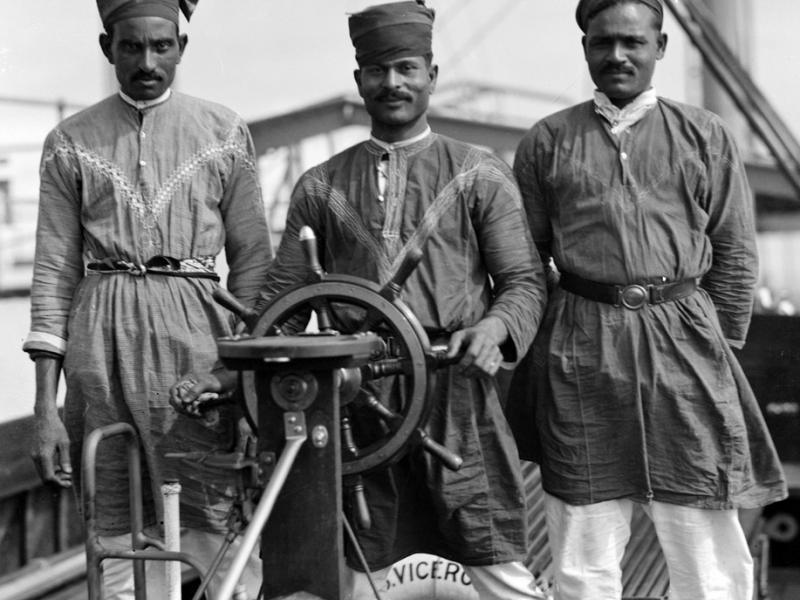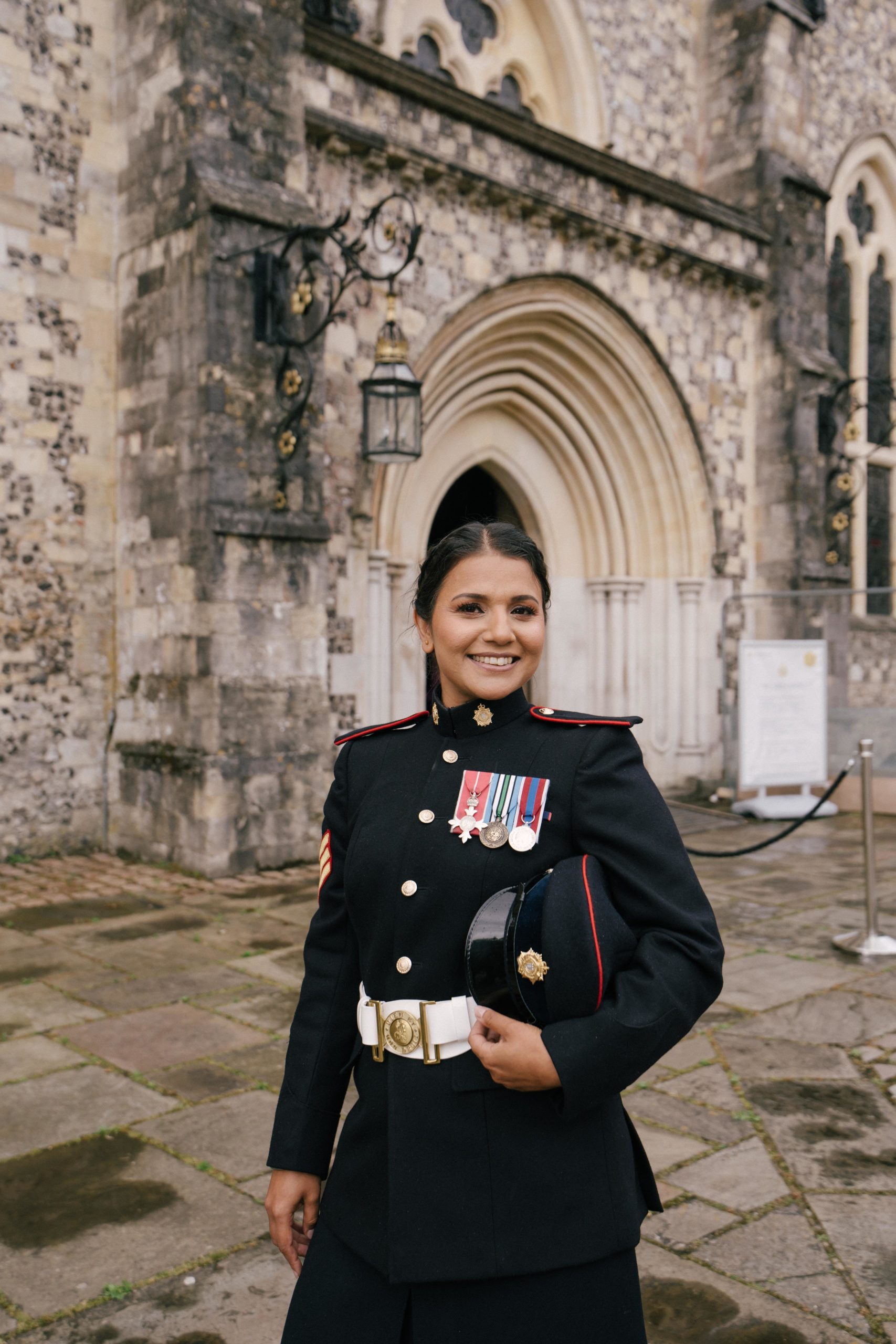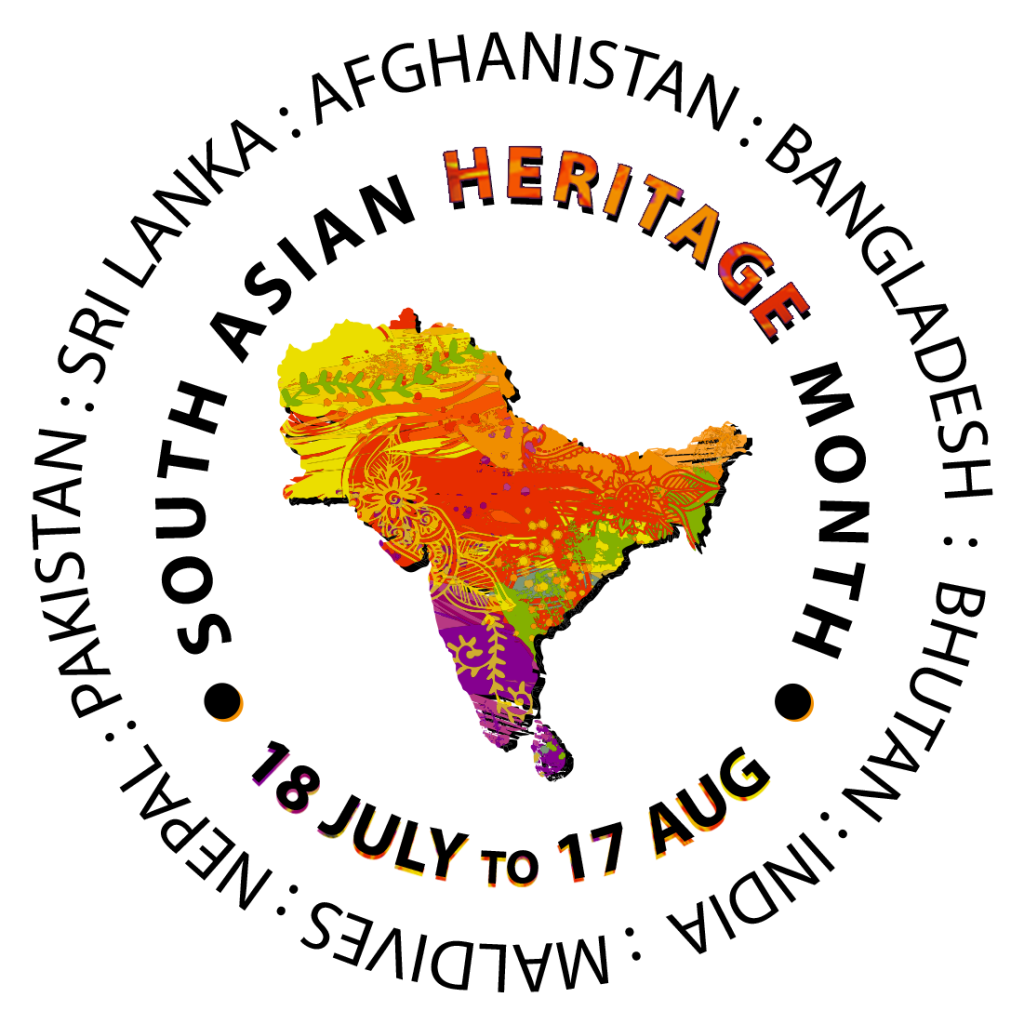Born in Calcutta in 1898, Roy’s family relocated to England where he excelled at his studies and earned a scholarship to Oxford. However, the call to serve during the war proved stronger.
At the outbreak of the First World War, Roy a 15-year-old schoolboy, declared he wanted to join up like his brother, Poresh, who at 21 had left Cambridge with a degree in economics and joined the army.
Determined to become a fighter pilot, Roy applied to the Royal Flying Corps (RFC), despite initial rejection due to eyesight concerns. Undeterred, he secured a second opinion and got the decision overturned.
By 1917, at the young age of 18, Roy was commissioned as a second lieutenant in the RFC. After training, he joined No. 56 Squadron in France. While there, he faced a harrowing experience – he was shot down and lay unconscious for three days before he was found. Declared dead and put in a mortuary, he awoke and terrified the hospital staff by hammering at the door for help.
Recovered from his injuries, Roy rejoined the fight, this time with the newly formed Royal Air Force (RAF) in June 1918. The next few weeks were a whirlwind of success for Roy. Between 6 and 19 July he achieved an outstanding ten aerial victories. This included destroying enemy aircraft and forcing others down, out of control. Remarkably, he accomplished this feat in just over 170 hours of flying time, solidifying his place as India’s first flying ace.
Tragically, Roy’s story ended abruptly on 22 July 1918. During a dogfight with German fighters, his plane was shot down, and he died at the age of 19.
In recognition of his bravery, Roy was posthumously awarded the Distinguished Flying Cross (DFC) in September 1918, becoming the first Indian to receive the honour.
Roy’s grave at Estevelles Cemetery, carries a Bengali inscription: Maha birer samadhi; sambhram dekhao, sparsha koro na which translates to “The grave of courageous warrior; respect it, do not touch it.”
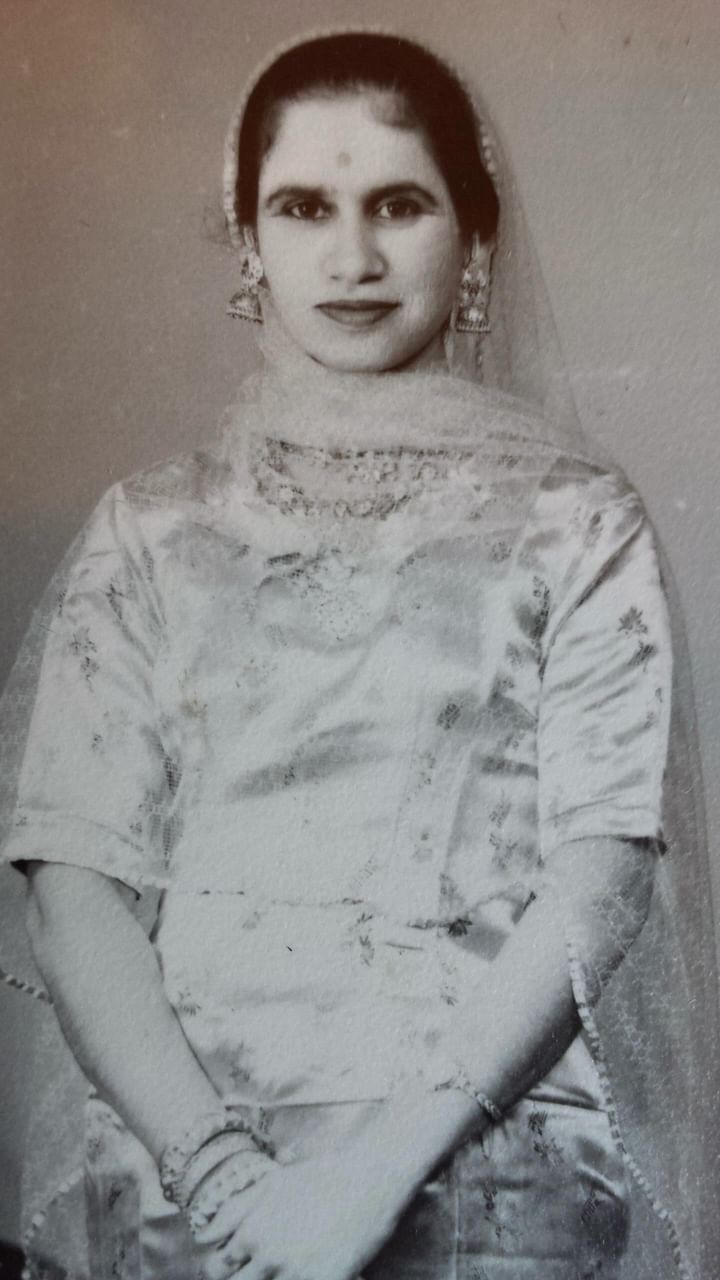
 South Asian Heritage Month dates changed to "July" from 2026 — Learn more here →
South Asian Heritage Month dates changed to "July" from 2026 — Learn more here →

